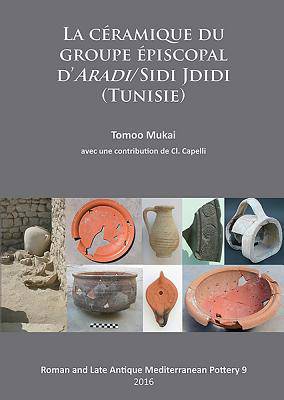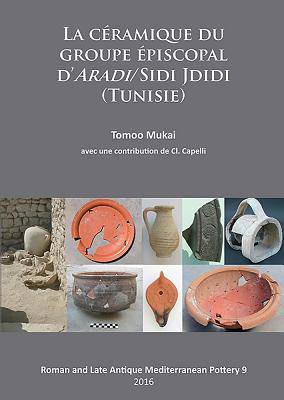
- Afhalen na 1 uur in een winkel met voorraad
- Gratis thuislevering in België vanaf € 30
- Ruim aanbod met 7 miljoen producten
- Afhalen na 1 uur in een winkel met voorraad
- Gratis thuislevering in België vanaf € 30
- Ruim aanbod met 7 miljoen producten
Zoeken
Omschrijving
This study focuses on ceramic finds from the excavations (1996-2006) of the Episcopal Group of Sidi Jdidi, the ancient city of Aradi, in the hinterland of Hammamet in Tunisia, directed by Dr Aicha Ben Abed-Ben Khader and Prof. Michel Fixot. The aim of these excavations was to understand the processes of the (evolution and) insertion of Christian monuments into the pre-existent town and the distribution of the liturgical and economic functions within various buildings of this ecclesiastic centre. The ceramological study contributed to attaining this aim by suggesting dates for each phase of the construction, occupation and abandonment of the Episcopal group, as well as evidence for the function of each space. Furthermore, this study has documented the (strong) rural and regional characteristics of the ceramic assemblages: these are very different from those of the large-scale excavations at Carthage and indicate a pattern of self-sufficient consumption supplied by purely intra-regional trade. The author is a Research Fellow of The National Museum of Western Art (Tokyo, Japan), and Research Associate of the Centre Camille Jullian (Aix Marseille Univ, CNRS, MCC, CCJ, F-13000, Aix-en-Provence, France).
Specificaties
Betrokkenen
- Auteur(s):
- Uitgeverij:
Inhoud
- Aantal bladzijden:
- 446
- Taal:
- Frans
- Reeks:
Eigenschappen
- Productcode (EAN):
- 9781784912611
- Verschijningsdatum:
- 31/07/2016
- Uitvoering:
- Paperback
- Formaat:
- Trade paperback (VS)
- Afmetingen:
- 203 mm x 290 mm
- Gewicht:
- 1650 g

Alleen bij Standaard Boekhandel
+ 542 punten op je klantenkaart van Standaard Boekhandel
Beoordelingen
We publiceren alleen reviews die voldoen aan de voorwaarden voor reviews. Bekijk onze voorwaarden voor reviews.











